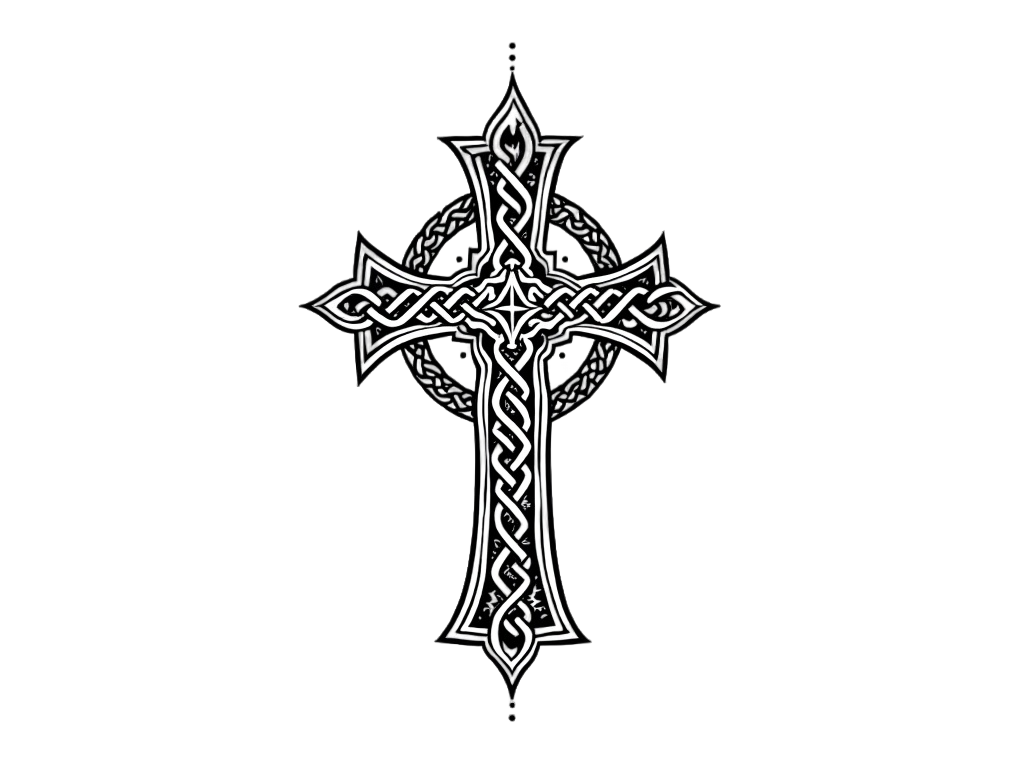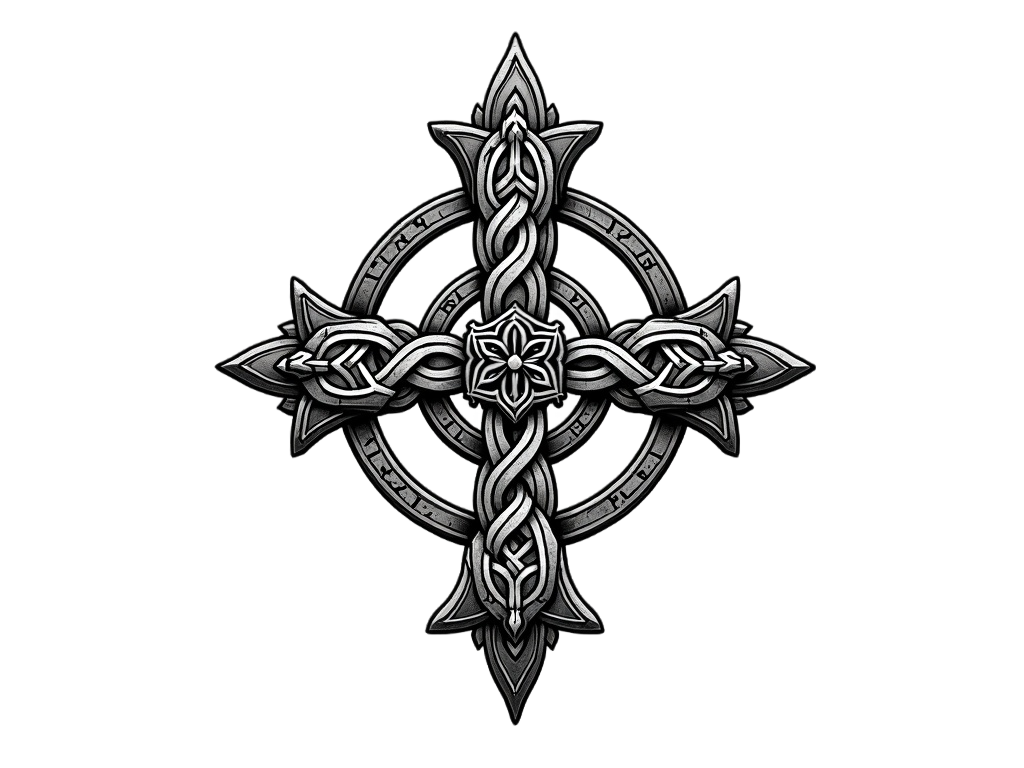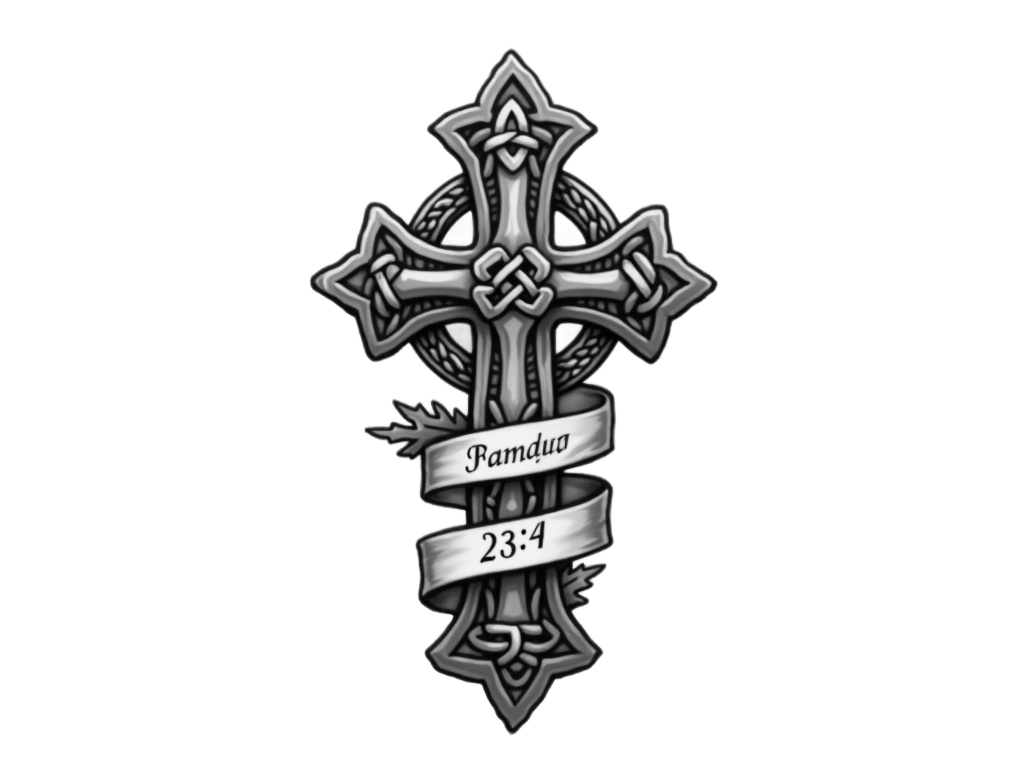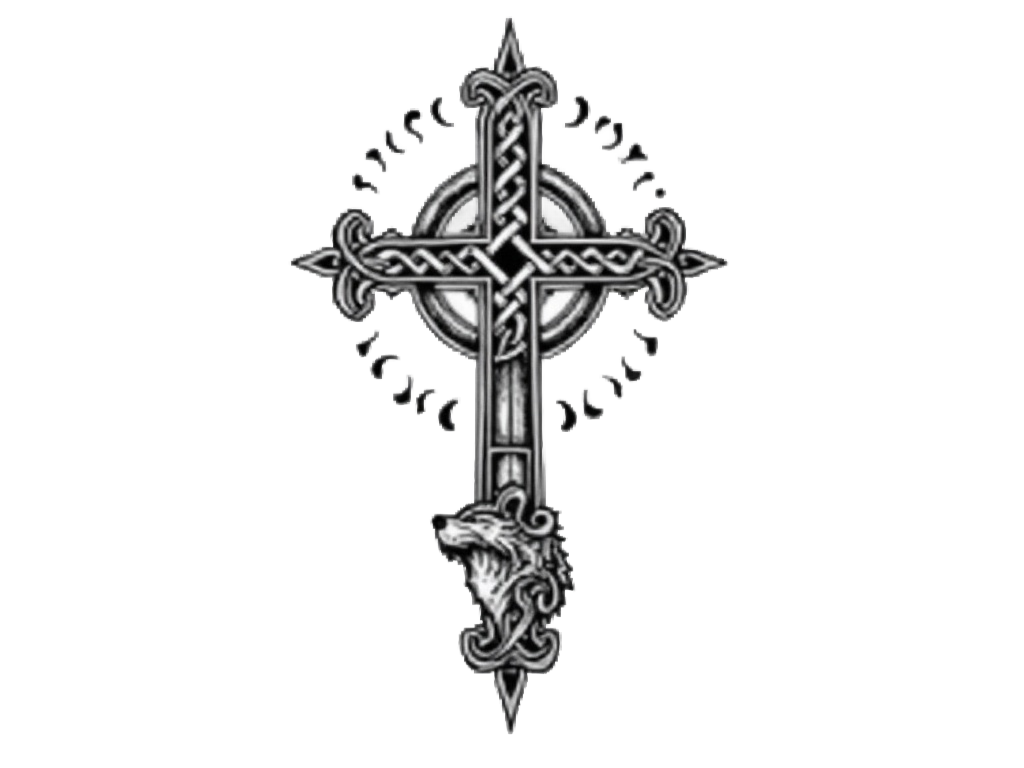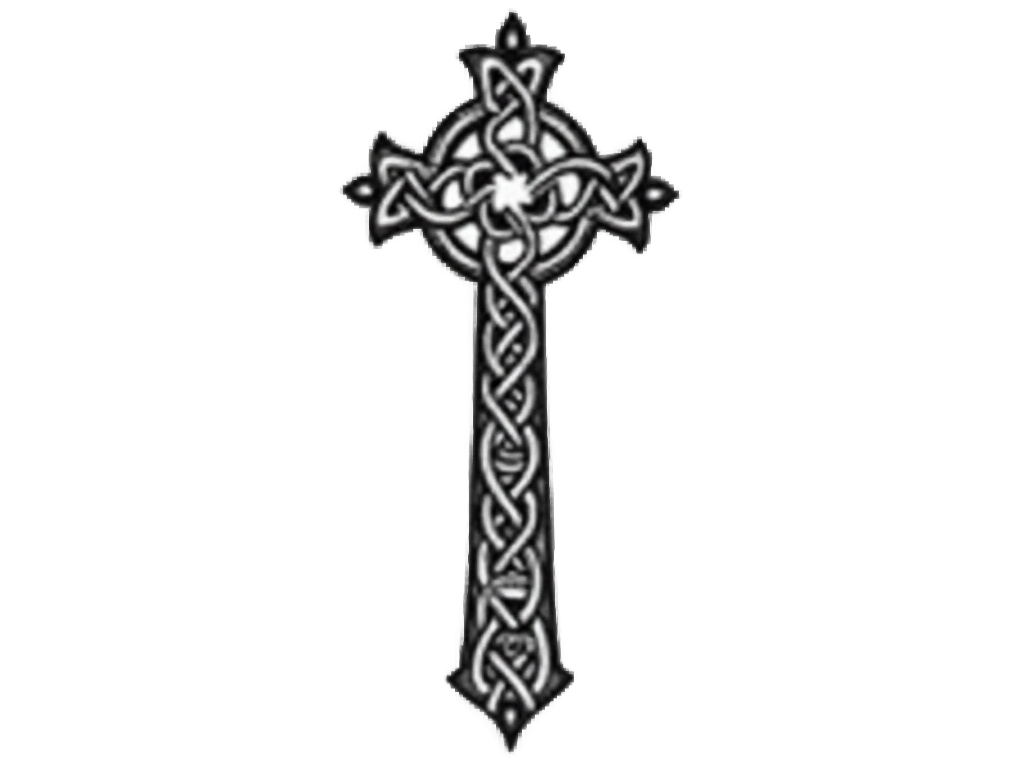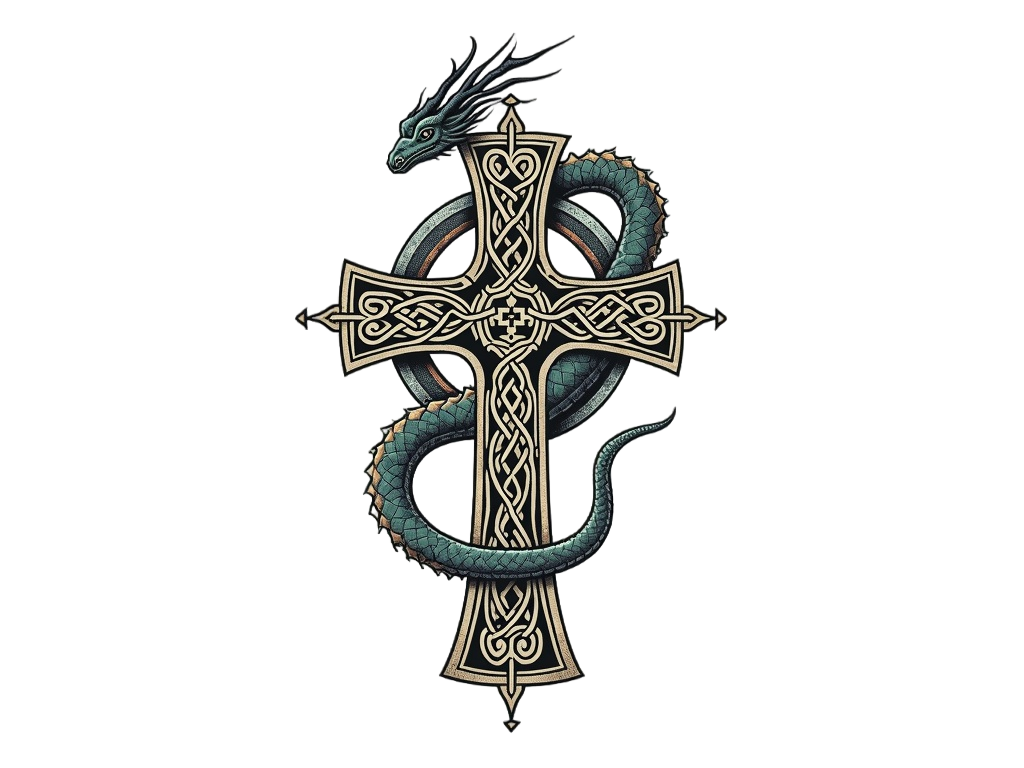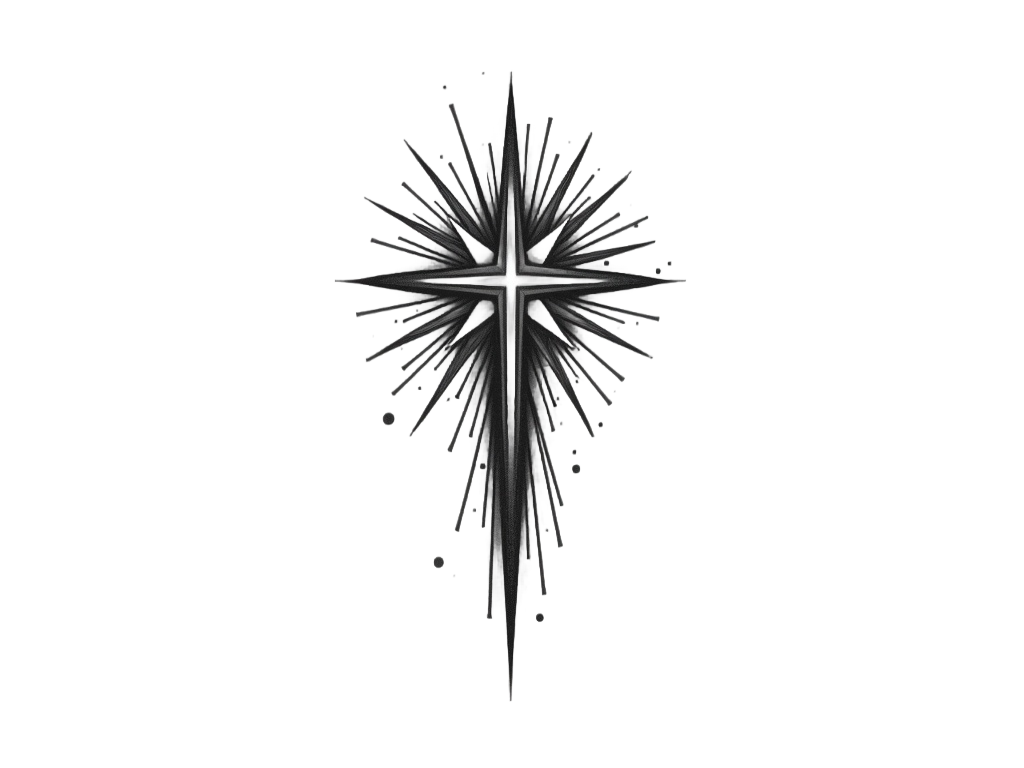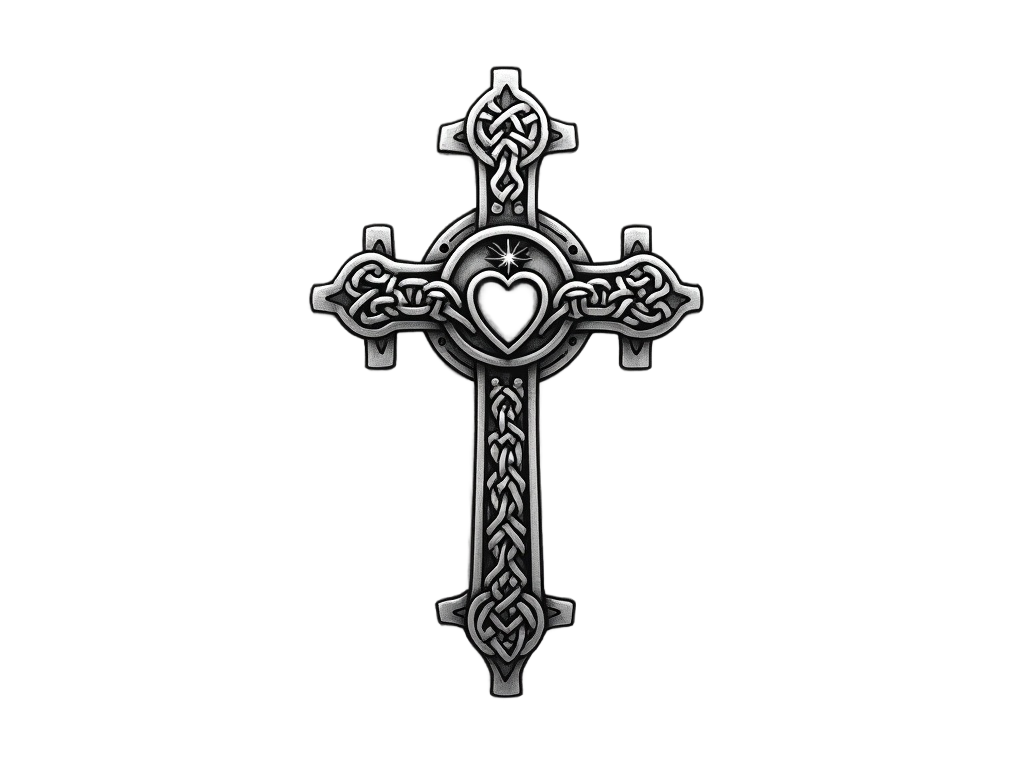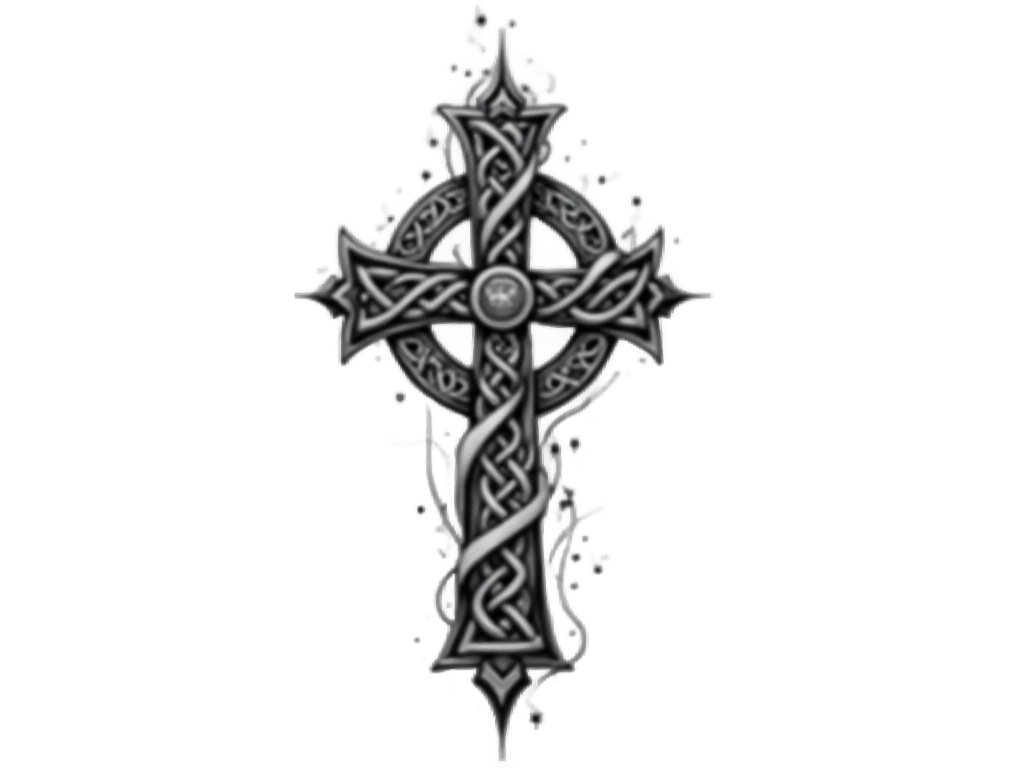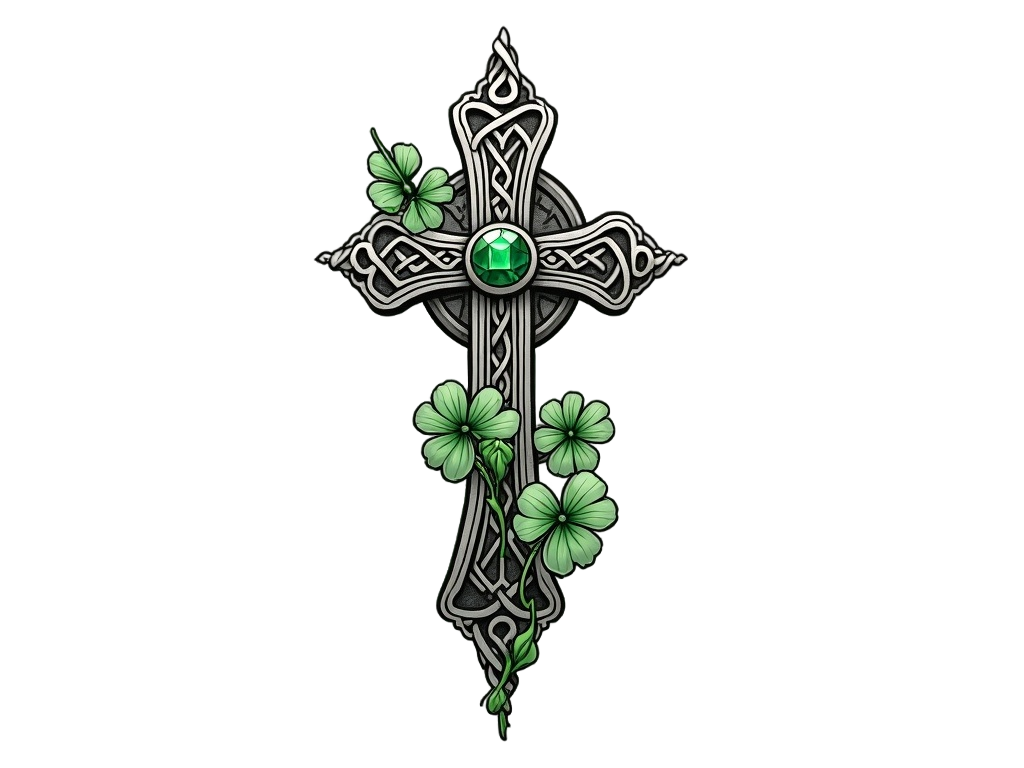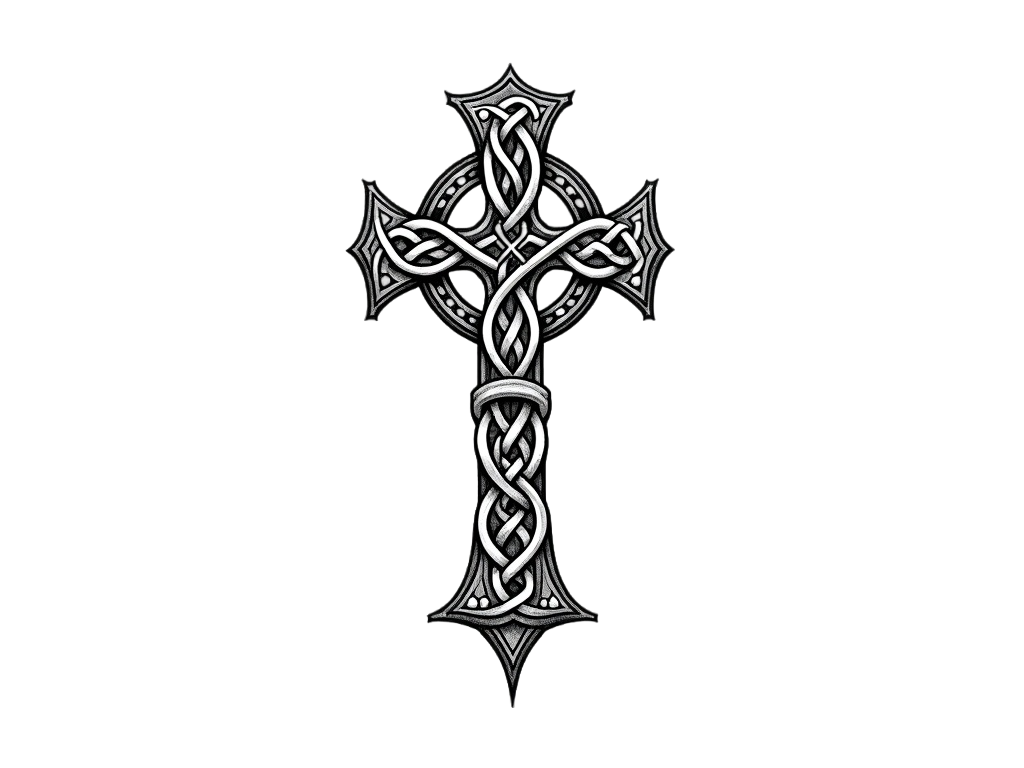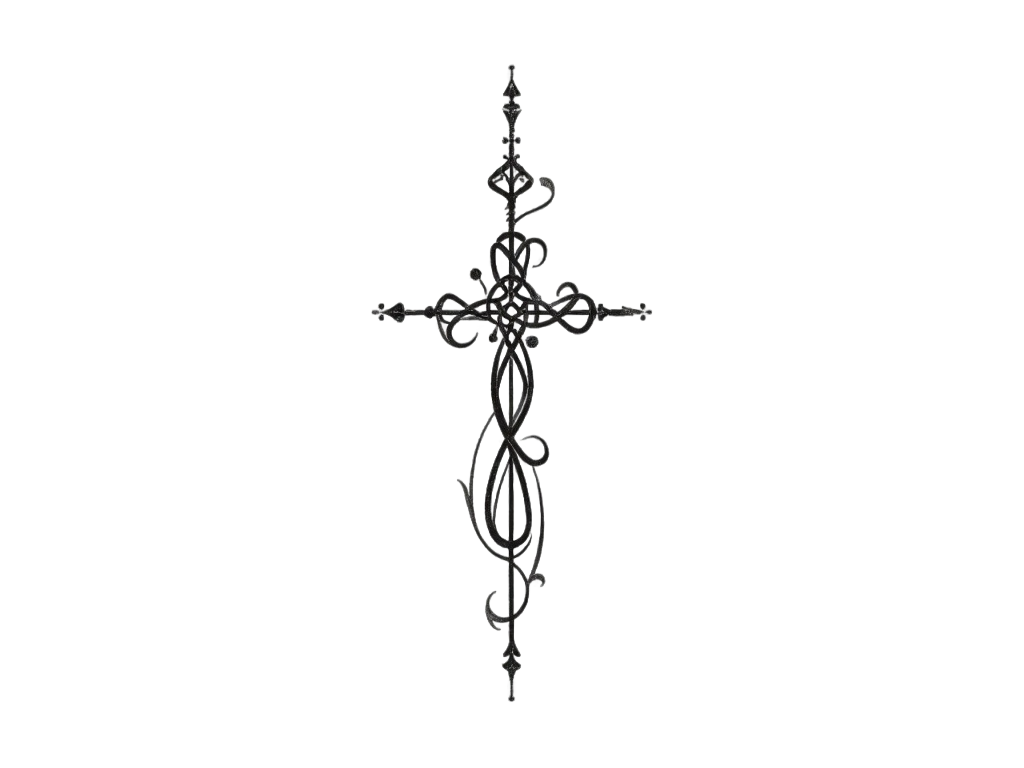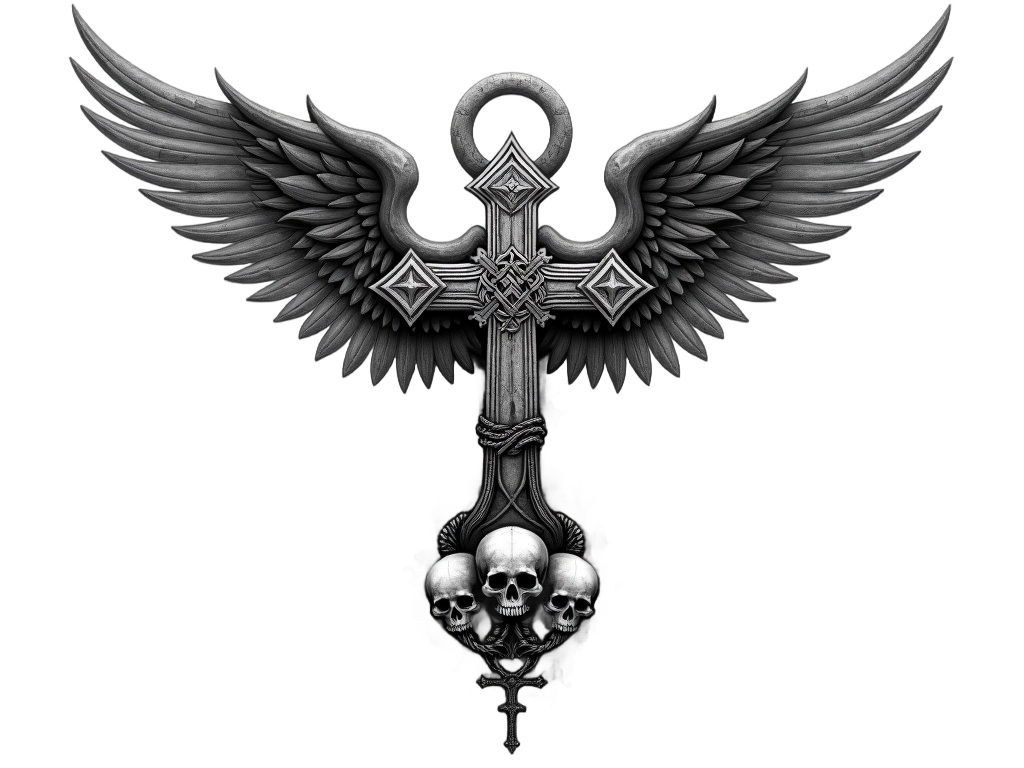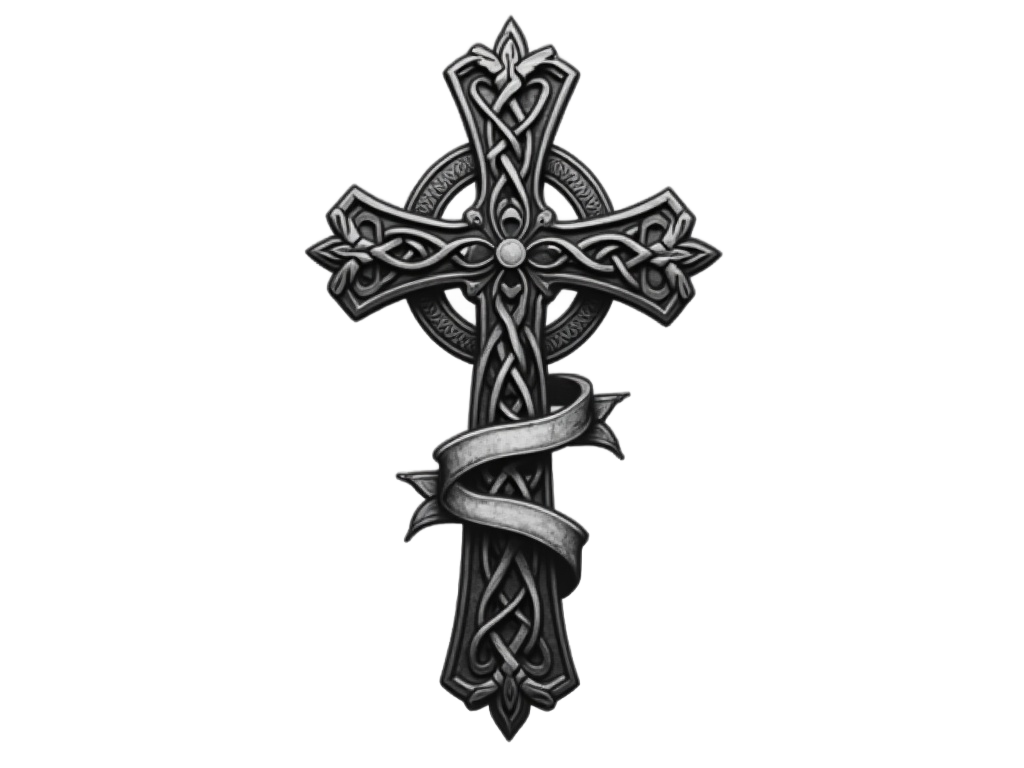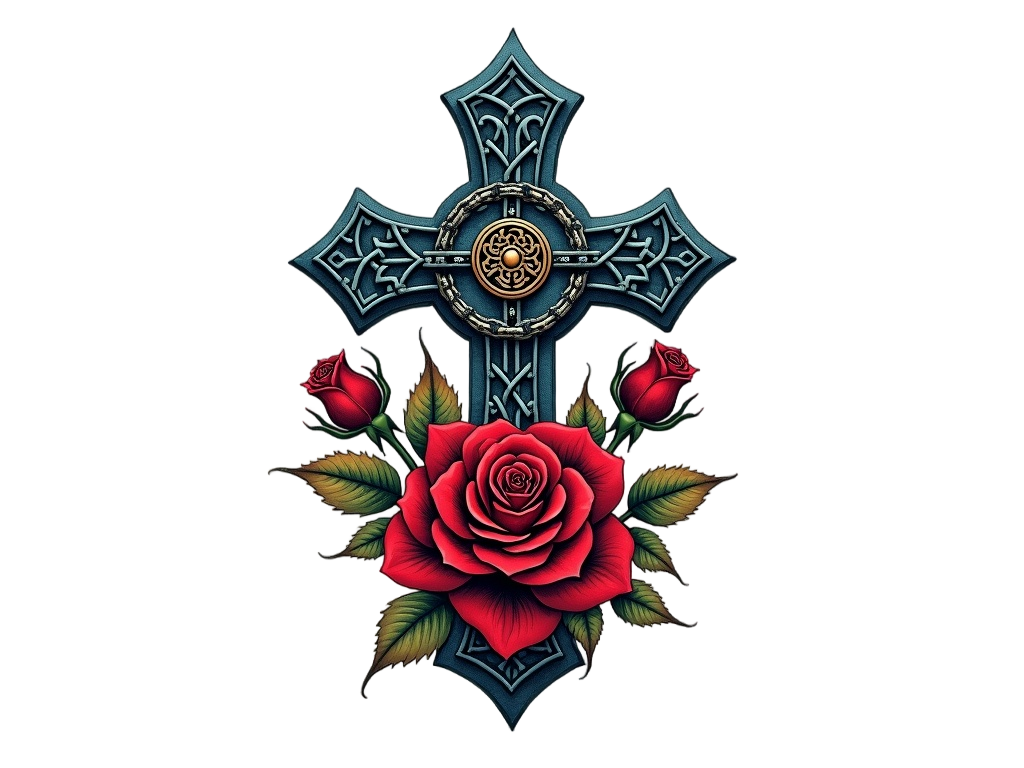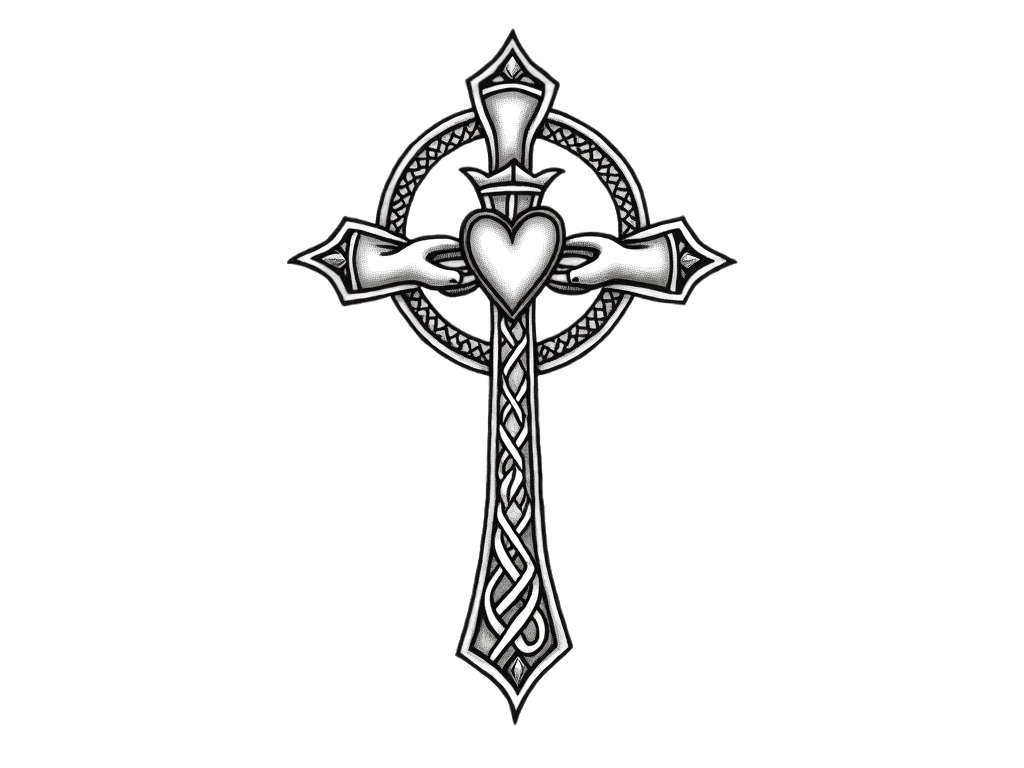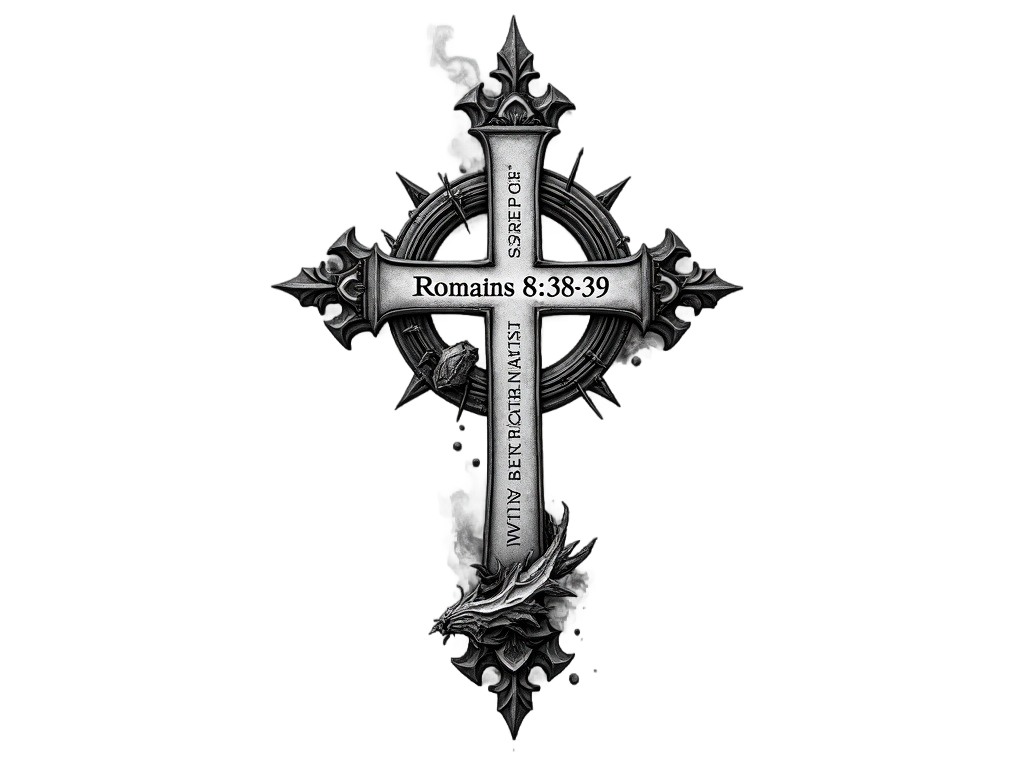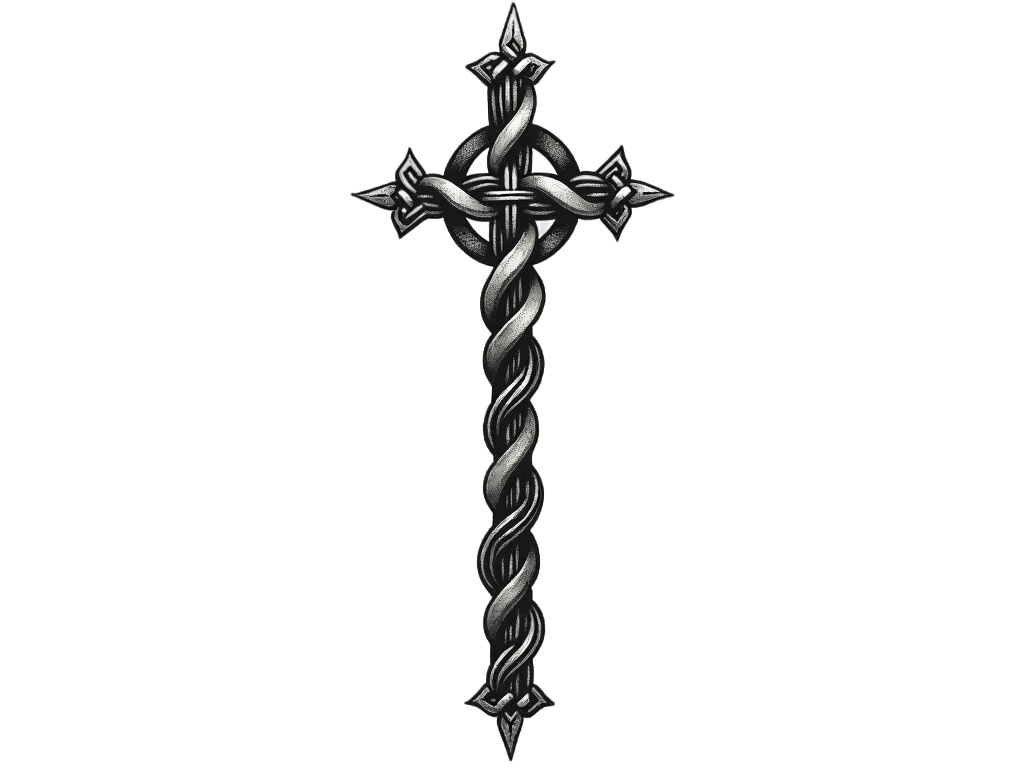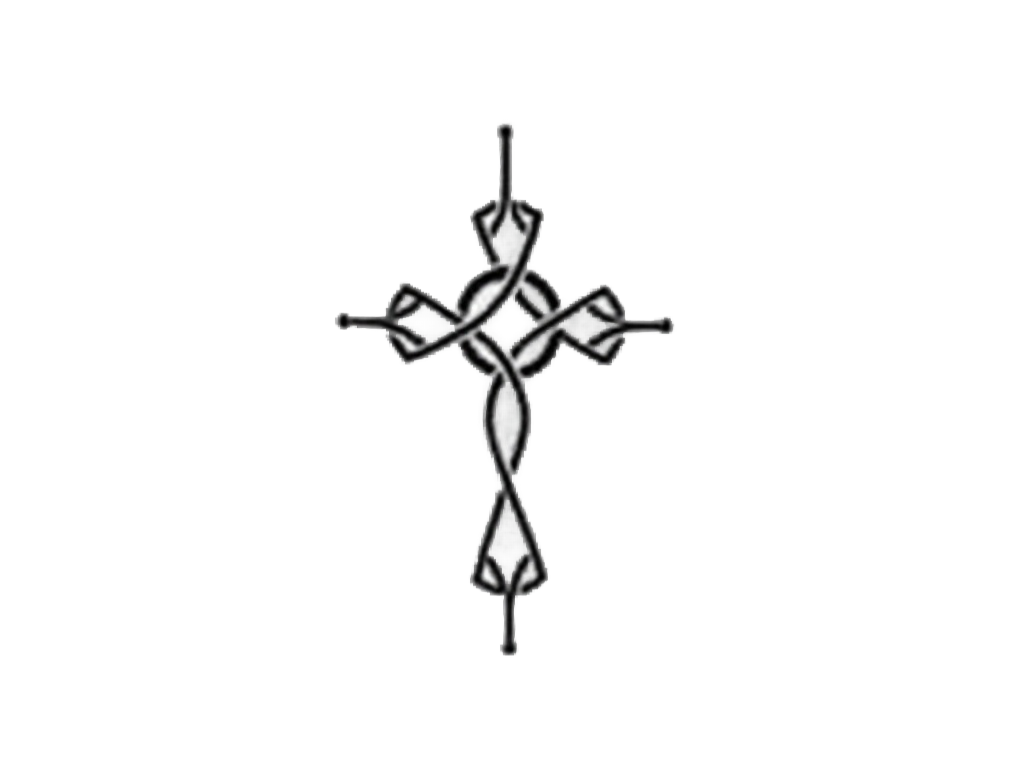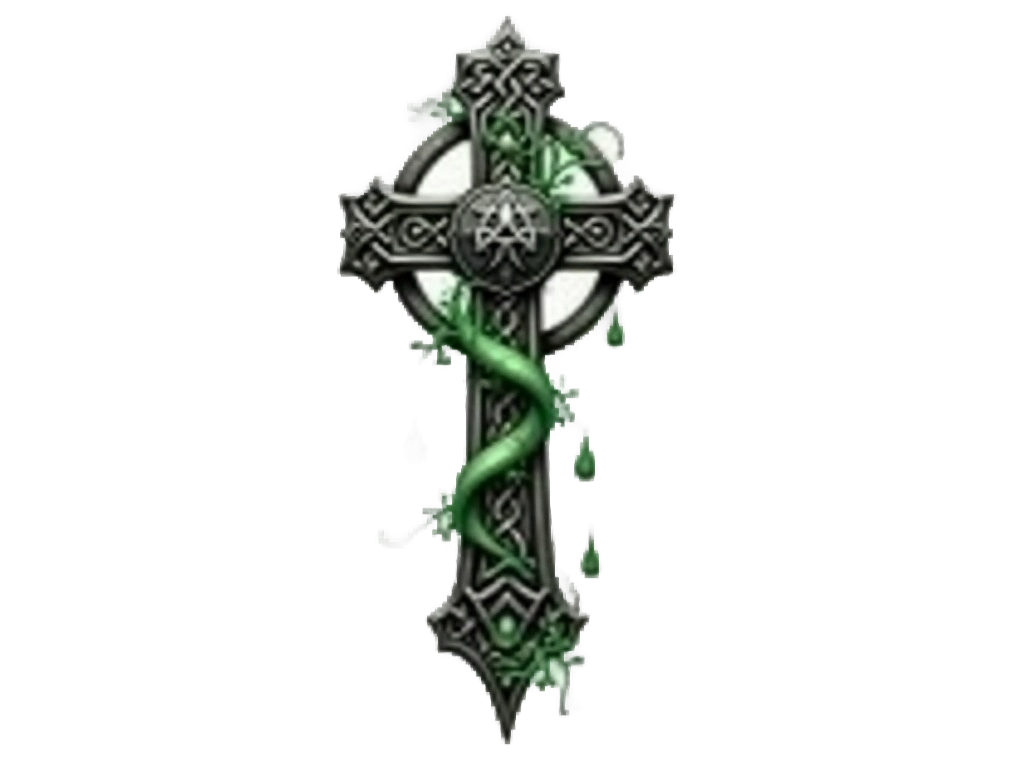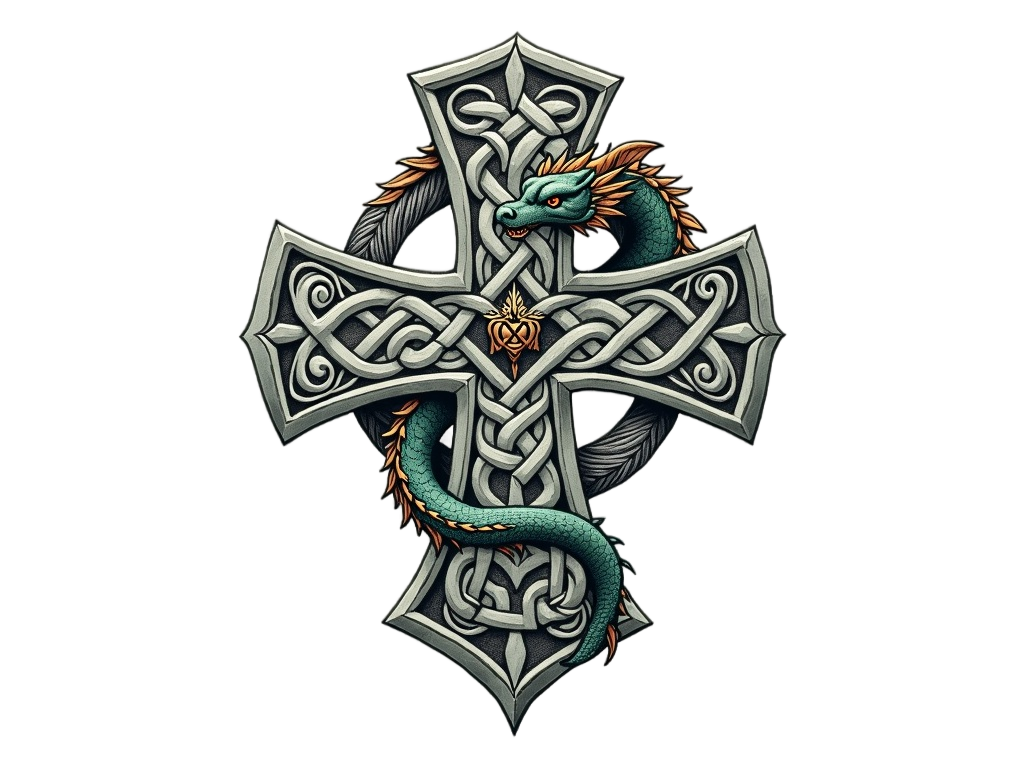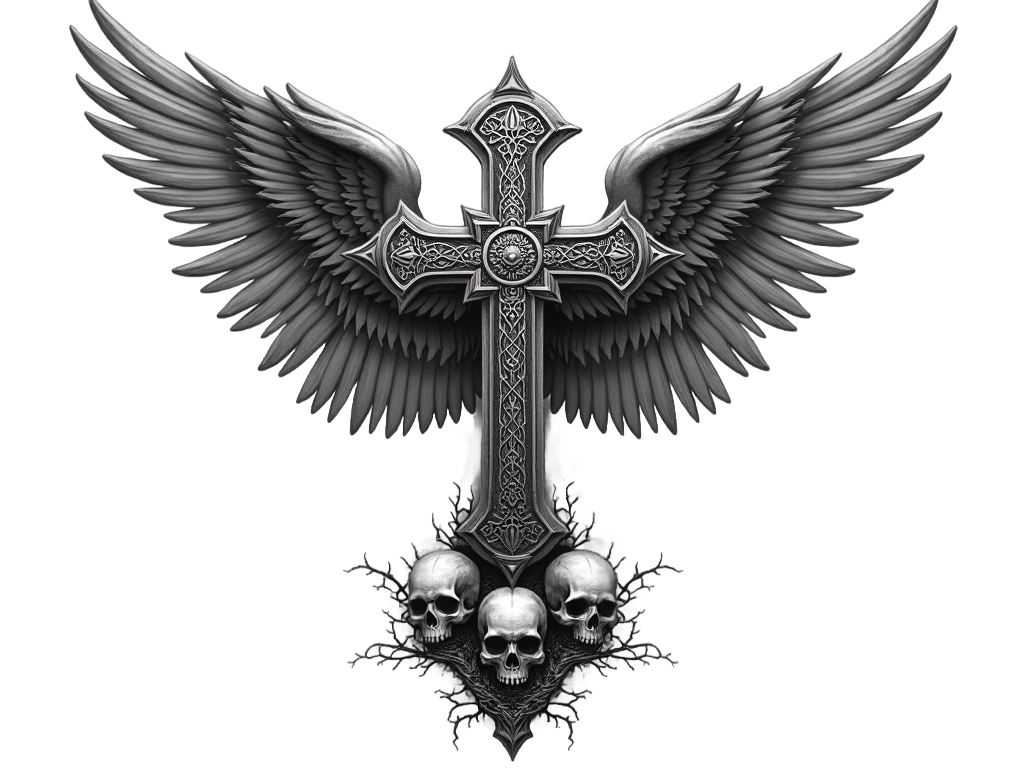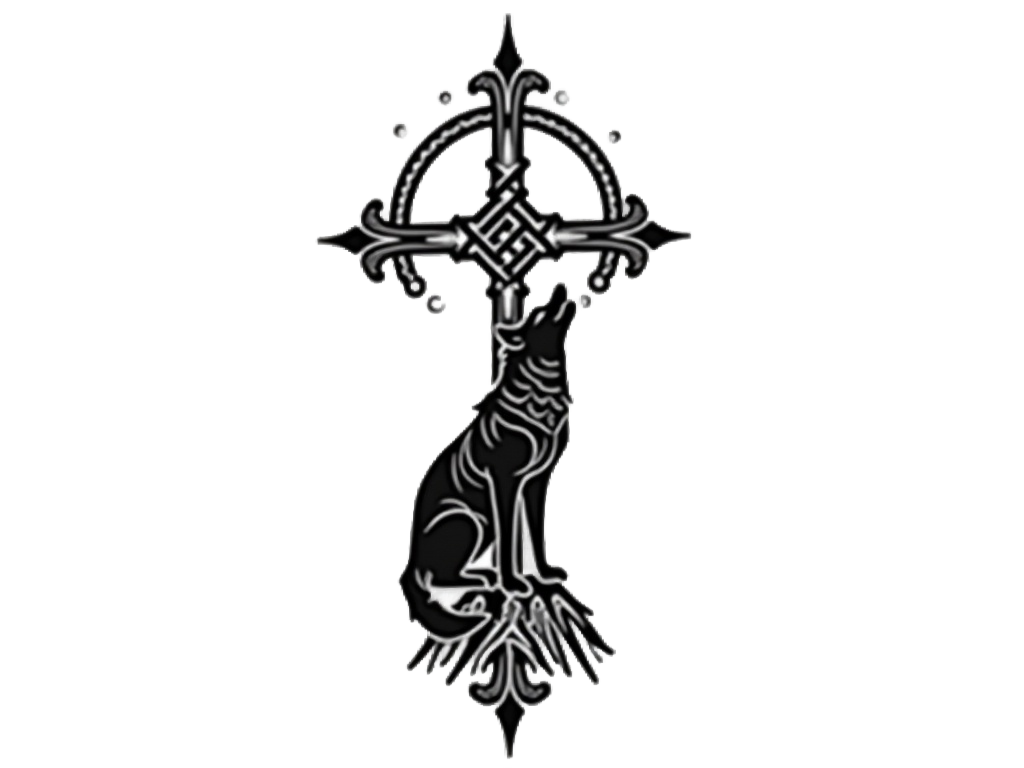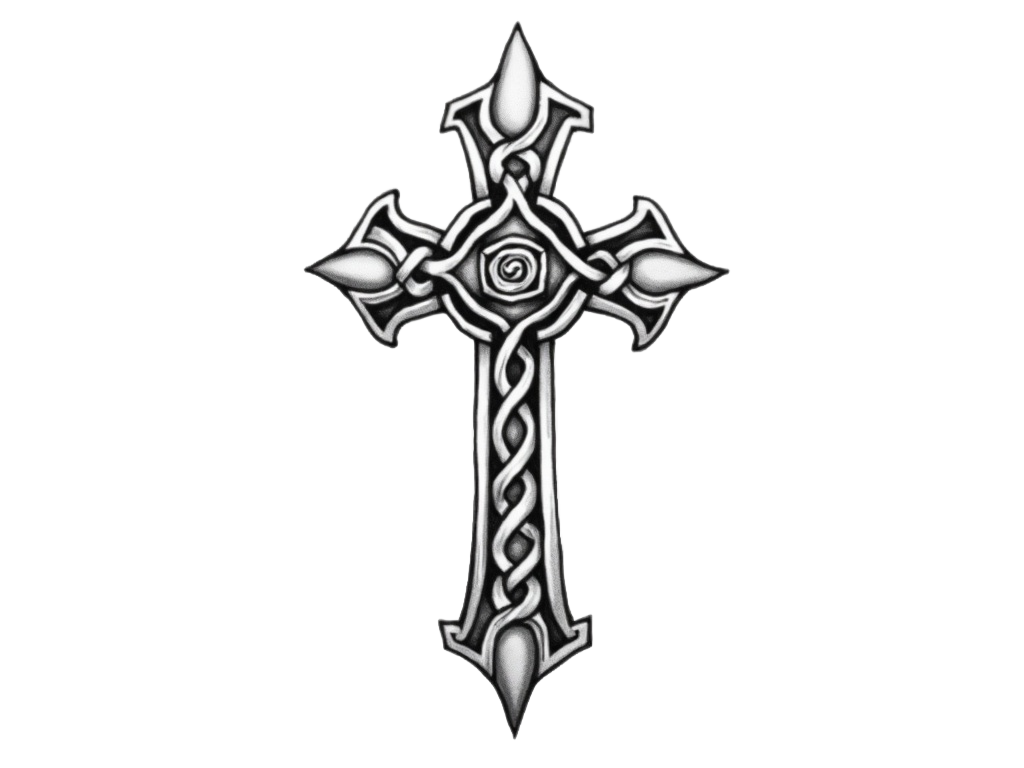Celtic cross Tattoo Ideas, Designs and Meaning
Meaning of Celtic cross Tattoos
- The Celtic cross tattoo is a popular design that combines the Christian cross with a circle surrounding the intersection.
- It symbolizes the union of heaven and earth, as well as the eternal cycle of life and death.
- The design is often associated with Irish and Scottish heritage, reflecting a deep connection to Celtic culture.
- Historically, the Celtic cross dates back to the early Middle Ages and is linked to the spread of Christianity in Celtic regions.
- It is believed to have been used by St. Patrick to explain the concept of Christianity to the pagan Celts.
- The tattoo can represent faith, spirituality, and a connection to one's ancestry.
- It is commonly chosen by individuals with Celtic roots or those who admire Celtic art and history.
- The design can vary in style, from intricate knotwork to simple, bold lines, allowing for personal expression.
- While the tattoo is not gender-specific, it is often placed on the arm, back, or chest for visibility and impact.
- The Celtic cross tattoo can also symbolize protection, strength, and a sense of belonging to a larger cultural identity.
2,624 Tattoo Ideas
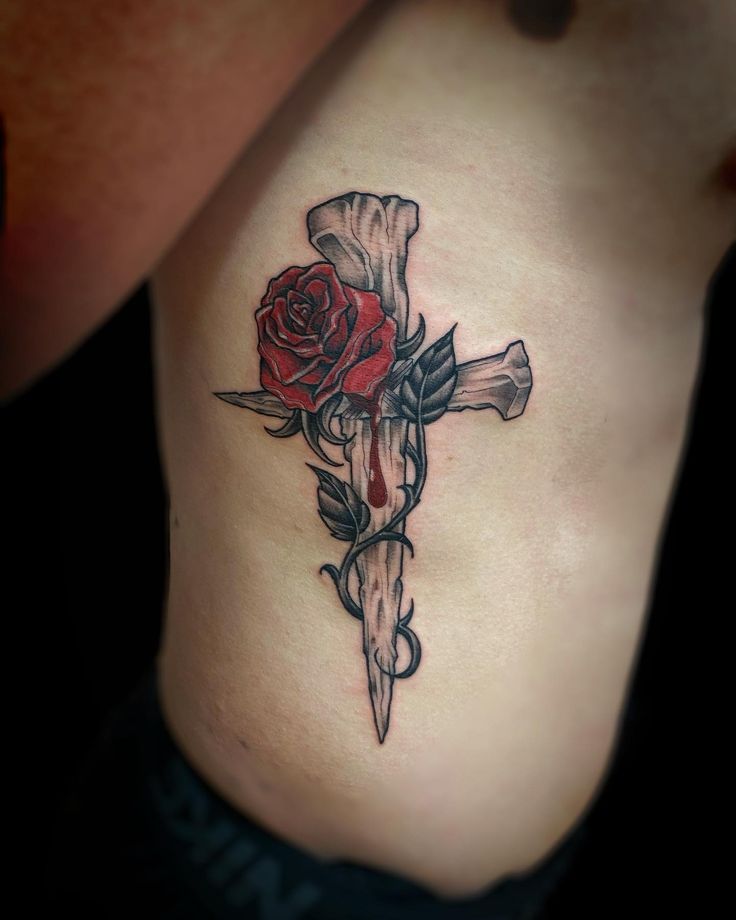

Cross Tattoo, Cross Tattoo Designs, Celtic Cross Tattoo, 3 Cross Tattoo, Cross Tattoo Ideas
Selection from Pinterest
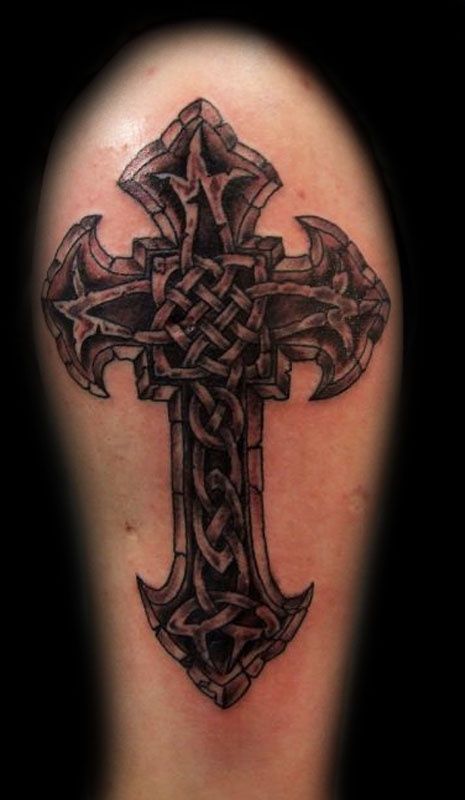

Celtic cross Tattoos by Paul | tattoos picture celtic cross tattoo
Selection from Pinterest
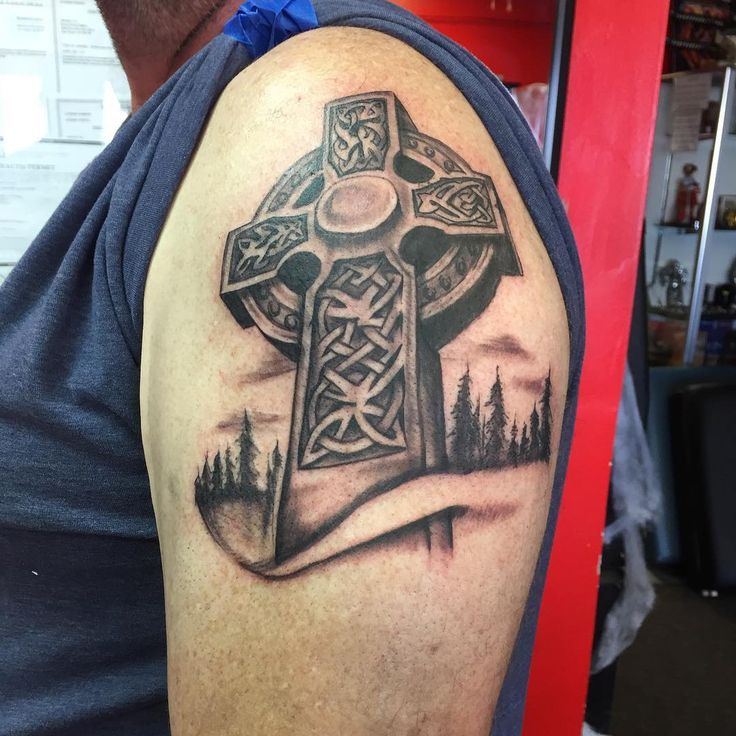

awesome 70 Traditional Celtic Cross Tattoo Designs - A Visual Representation of Faith and Heritage Check more at http://stylemann.com/best-celtic-cross-tattoo-designs/
Selection from Pinterest


Celtic Tattoo Design Ideas Images
Selection from Pinterest


Celtic Cross Tattoo
Selection from Pinterest
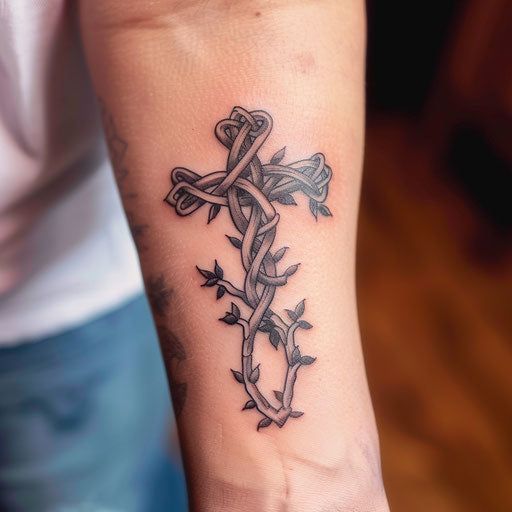

Professional Celtic Cross Tattoo Files
Selection from Pinterest


Celtic Cross tattoo stencils
Selection from Pinterest
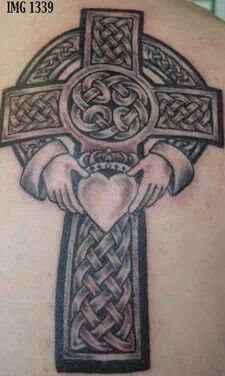

Celtic Cross with Claddagh
Selection from Pinterest
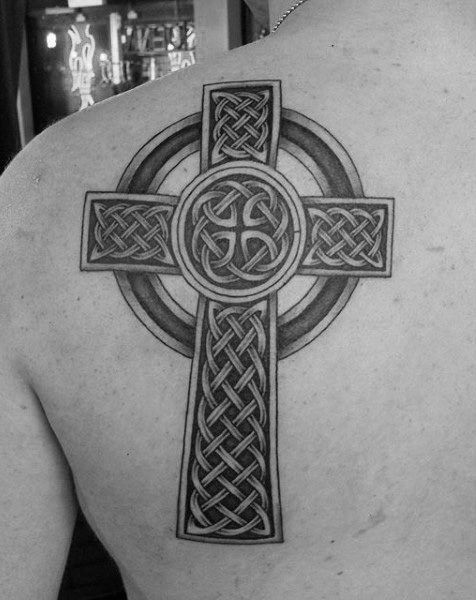

Celtic/Irish Cross Tattoo Ideas
Selection from Pinterest


Pinterest | Celtic cross tattoos, Celtic cross tattoo for men, Cross tattoo designs
Selection from Pinterest
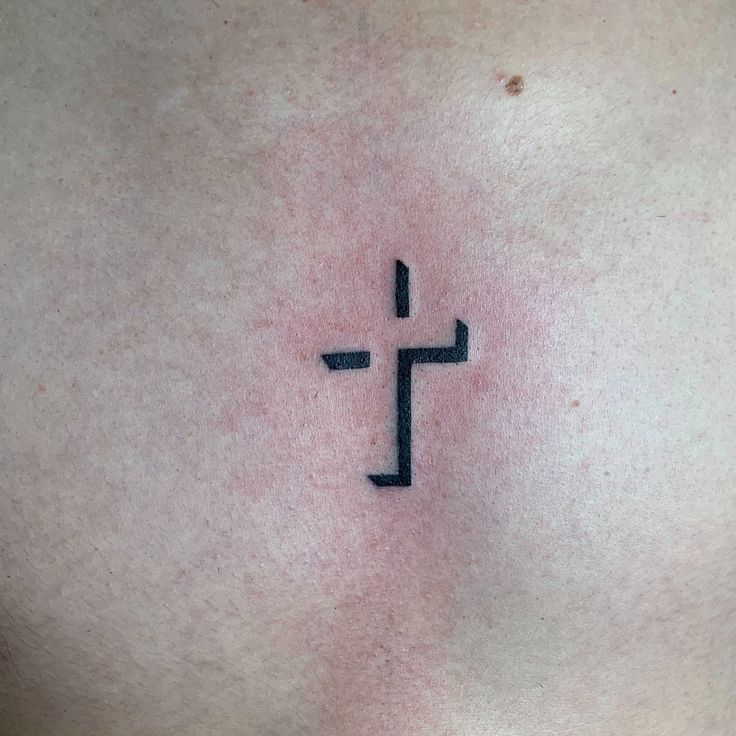

Cross Tattoo, Cross Tattoo Designs, Celtic Cross Tattoo, 3 Cross Tattoo, Cross Tattoo Ideas
Selection from Pinterest
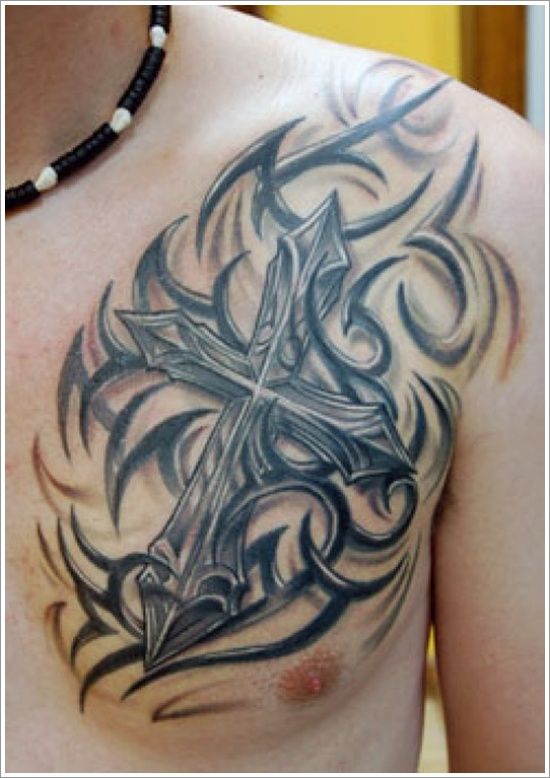

30 Celtic Cross Tattoo Design Ideas
Selection from Pinterest


Intricate Celtic Cross Tattoo Design
Selection from Pinterest


30+ Striking Tribal Cross Tattoo Designs Just For You 2024
Selection from Pinterest
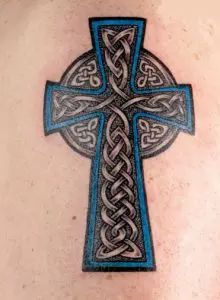

16 Celtic Cross Tattoo ideas | celtic cross tattoos, cross tattoo, celtic tattoos
Selection from Pinterest
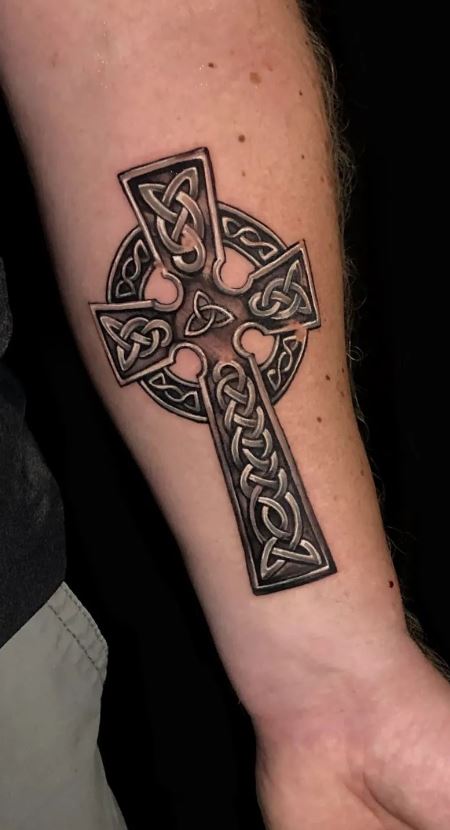

Celtic Cross Tattoo Arm
Selection from Pinterest


78 Best Celtic cross tattoos ideas | celtic cross tattoos, tattoos, celtic tattoos
Selection from Pinterest
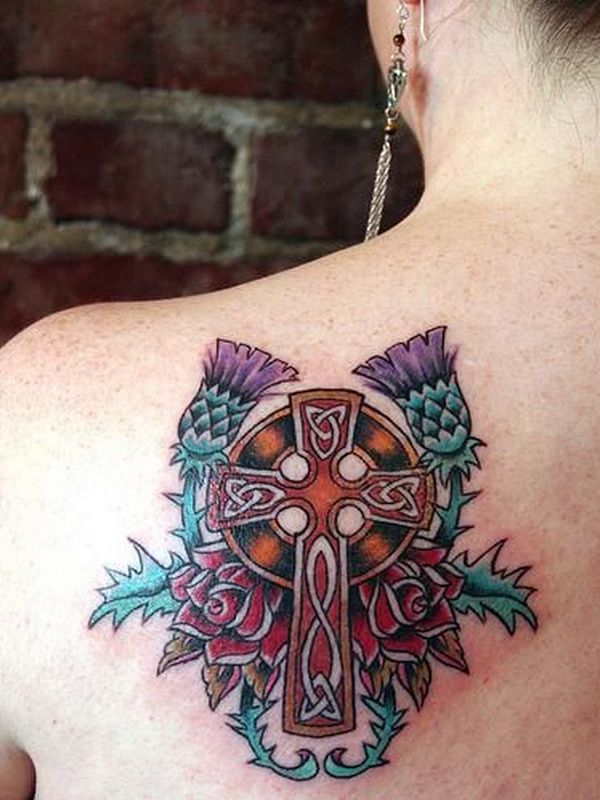

150 Meaningful Cross Tattoos For Men & Women
Selection from Pinterest
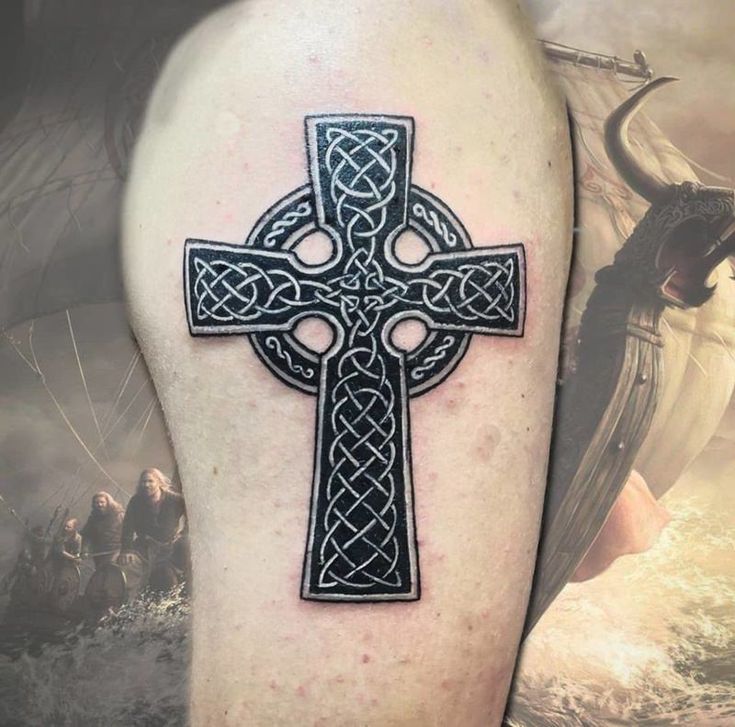

125 Celtic Tattoo Ideas to Bring Out the Warrior in You - Wild Tattoo Art
Selection from Pinterest
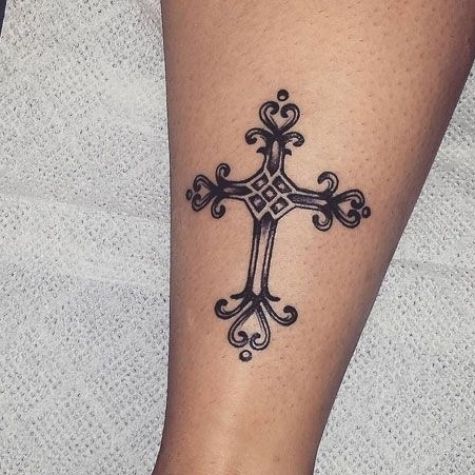

Celtic Cross Tattoo Designs
Selection from Pinterest
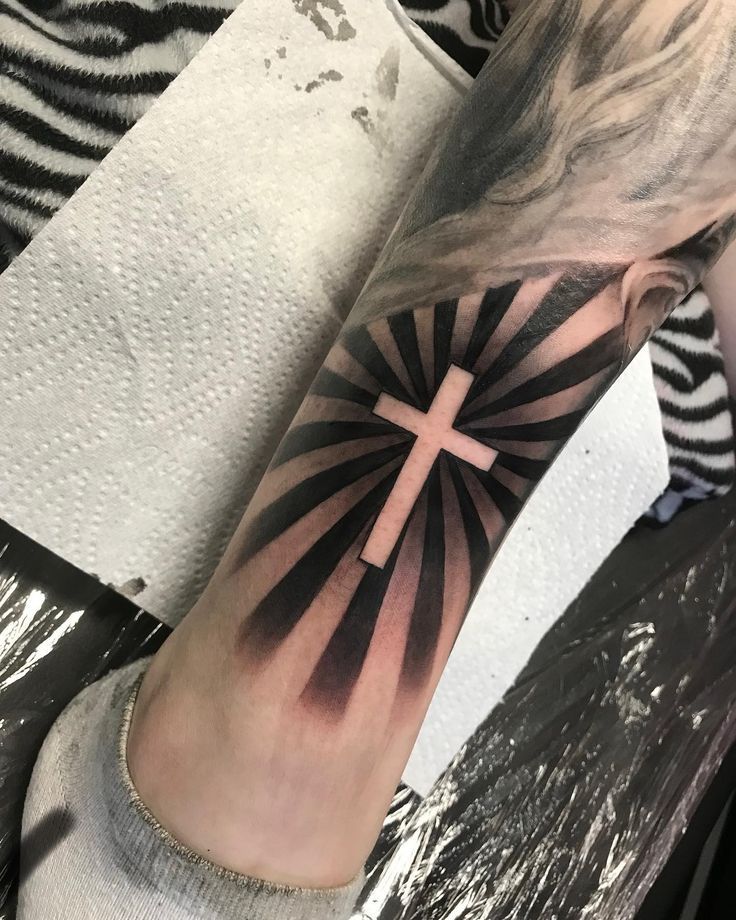

Cross Tattoo, Cross Tattoo Designs, Celtic Cross Tattoo, 3 Cross Tattoo, Cross Tattoo Ideas
Selection from Pinterest


100+ Celtic Cross Tattoo Designs Pictures with Meanings (2024) | Cross tattoo for men, Celtic cross tattoos, Cross tattoo designs
Selection from Pinterest
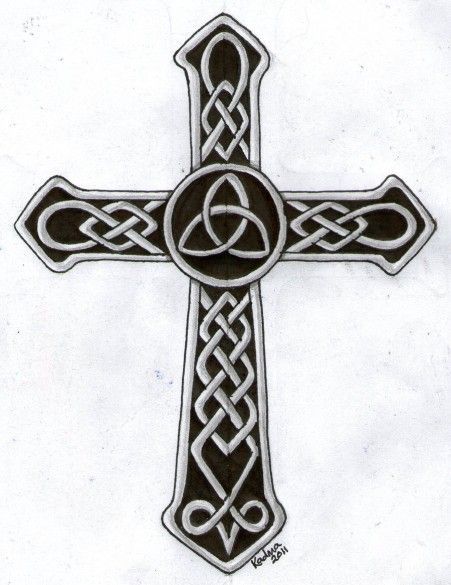

7 Tattoo Ideas | celtic cross tattoos, celtic tattoo, irish tattoos
Selection from Pinterest
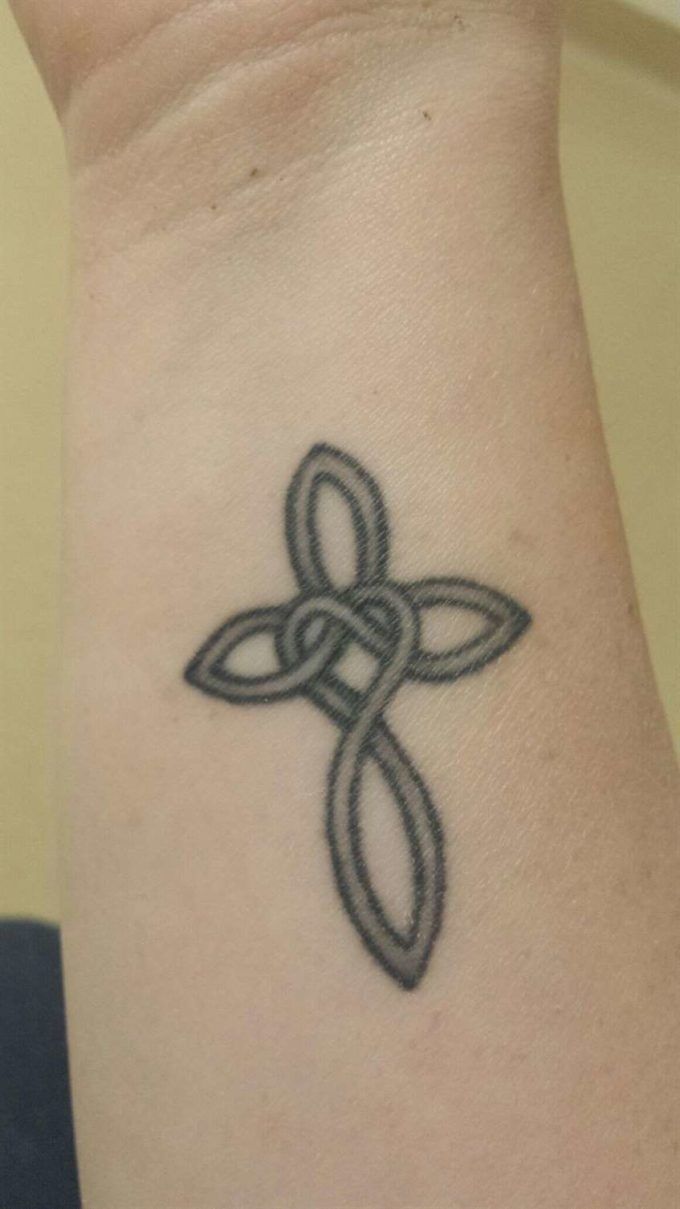

19 Pretty Cross Heart Tattoo Design Ideas
Selection from Pinterest
One App to Store All Your Tattoo Ideas
Store your tattoo ideas in one place and Virtual Try-On them on your body!

Avoid Regrets with 3D Virtual Try-On!
Do a 3D Virtual Try-On to see how your tattoo design looks like on your body before you get it tattooed. Powered by Tatship's AI and 3D technology.



Cultural Considerations and Taboos for Celtic cross Tattoos
While the Celtic cross is a widely accepted symbol, it is important to be aware of its cultural and religious significance. In some contexts, the Celtic cross has been appropriated by extremist groups, which can lead to misunderstandings or negative connotations. It is crucial to approach this symbol with respect and understanding of its origins and meanings. Additionally, individuals who are not of Celtic descent should be mindful of cultural appropriation and ensure they are honoring the symbol's heritage rather than exploiting it.
Popular Tattoo Styles and Variations for Celtic cross Tattoos
There are several popular styles and variations of the Celtic cross tattoo. Traditional Celtic designs often feature intricate knotwork and spirals, which can be incorporated into the cross itself or as a background. Some tattoos may include additional elements such as Claddagh symbols, shamrocks, or other Celtic motifs. Modern interpretations might blend the Celtic cross with other styles, such as tribal or geometric patterns, to create a unique and personalized design. The use of color can also vary, with some opting for a classic black and grey palette, while others may choose vibrant colors to highlight specific elements of the design.
Historical Origins and Evolution of Celtic cross Tattoos
The Celtic cross has a rich historical significance, dating back to the early medieval period. It is believed to have originated in Ireland and Scotland, where it was used as a symbol of faith and a marker for sacred sites. The cross is often associated with St. Patrick, who is credited with bringing Christianity to Ireland. Historically, the Celtic cross was used on gravestones and monuments, serving as a testament to the enduring legacy of the Celtic Christian tradition. Its design reflects the fusion of pagan and Christian beliefs, symbolizing the transition from ancient Celtic spirituality to Christianity.
